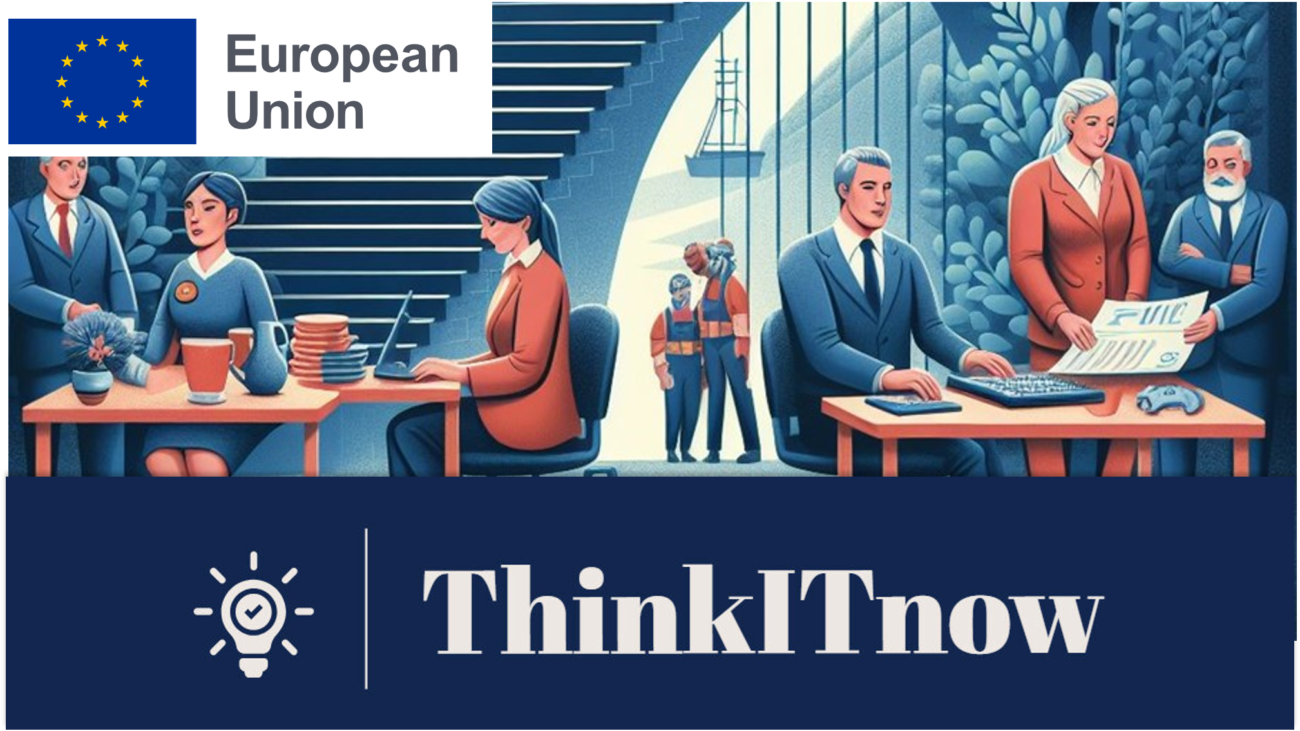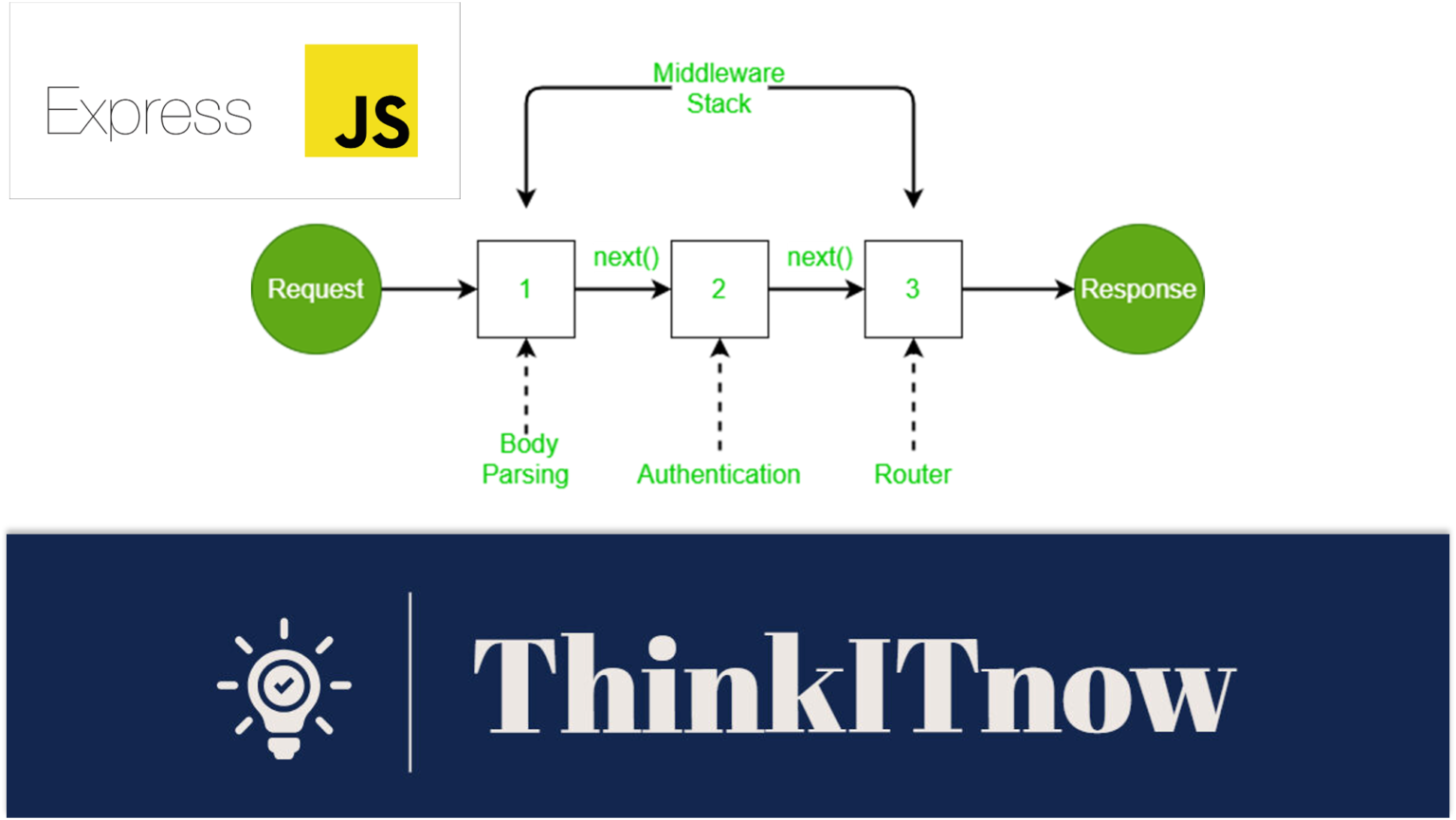In the realm of artificial intelligence, one groundbreaking innovation after another continues to shape the way we interact with technology. One such innovation that has captured the imagination of tech enthusiasts worldwide is voice synthesis. From its humble beginnings with the Speak & Spell toy in 1978 to the sophisticated deep-learning models of today, voice synthesis has undergone a remarkable evolution.
The Rise of OpenAI's Voice Engine
Among the latest advancements in voice synthesis technology is OpenAI’s Voice Engine, a revolutionary text-to-speech AI model that has set a new standard for synthetic voices. Unlike its predecessors, Voice Engine leverages deep-learning algorithms to generate voices that are not only realistic but also capable of convincingly imitating existing voices based on as little as a 15-second audio sample.
A Glimpse into the Future
OpenAI’s recent announcement of Voice Engine has generated significant buzz within the tech community. The company has provided tantalizing audio samples showcasing the capabilities of this groundbreaking technology. With Voice Engine, users can input text and receive an AI-generated voice result that rivals human speech.
Ethical Considerations and Cautionary Measures
Despite the excitement surrounding Voice Engine, OpenAI has chosen to proceed with caution. Citing ethical concerns and a commitment to AI safety, the company has opted to preview the technology rather than widely release it at this time. This decision reflects OpenAI’s dedication to responsible AI development and its recognition of the potential risks associated with widespread adoption.
The Potential and Perils of Voice Cloning
Voice cloning, while not a new concept, presents both tremendous potential and inherent risks. On one hand, technologies like Voice Engine offer benefits such as reading assistance, language translation, and personalized speech options. However, the ability to clone voices with minimal audio samples also raises concerns about privacy infringement and potential misuse.
Safeguarding Against Misuse
In light of these concerns, OpenAI is taking proactive measures to mitigate the risks associated with voice cloning technology. Through a selective pilot program with partner companies, the company aims to test and refine Voice Engine while establishing guidelines for responsible use. By prioritizing AI safety and ethical considerations, OpenAI is laying the groundwork for the responsible integration of voice synthesis technology into society.
Real-World Implications
The potential impact of voice synthesis technology extends far beyond the realm of consumer gadgets and entertainment. From healthcare applications, where personalized speech options can aid non-verbal individuals in communication, to security concerns surrounding voice authentication systems, the implications are vast and varied.
Looking Ahead
As OpenAI continues to refine Voice Engine and explore its potential applications, the future of voice synthesis holds both promise and challenges. By fostering collaboration, ethical oversight, and responsible deployment, the tech industry can harness the power of AI to enrich lives while safeguarding against potential risks.
Accessibility: The Voice Engine enables users to input text and receive an AI-generated voice output, making synthetic voices more accessible and customizable than ever before.
Inclusivity: The technology has the potential to assist individuals with reading difficulties, aid non-verbal individuals with tailored speech options, and help patients recover their voices after speech-impairing conditions.
Global Content Creation: By preserving regional accents and enabling multilingual voice translations, the Voice Engine facilitates global content creation and communication.
Innovation Potential: The technology opens up new possibilities for applications in various industries, from healthcare to entertainment, driving innovation and creativity.
Misuse Potential: Voice cloning technology can be exploited for fraudulent activities, such as phone scams and election manipulations, underscoring the need for robust safeguards against misuse.
Security Concerns: Instances of voice cloning being used to breach voice authentication systems raise security concerns, particularly in sensitive applications like banking.
Ethical Considerations: The ability to clone voices based on a short audio sample raises ethical questions about consent, privacy, and the potential for misuse.
Regulatory Challenges: The rapid advancement of voice synthesis technology may outpace regulatory frameworks, posing challenges in ensuring responsible deployment and usage.


































